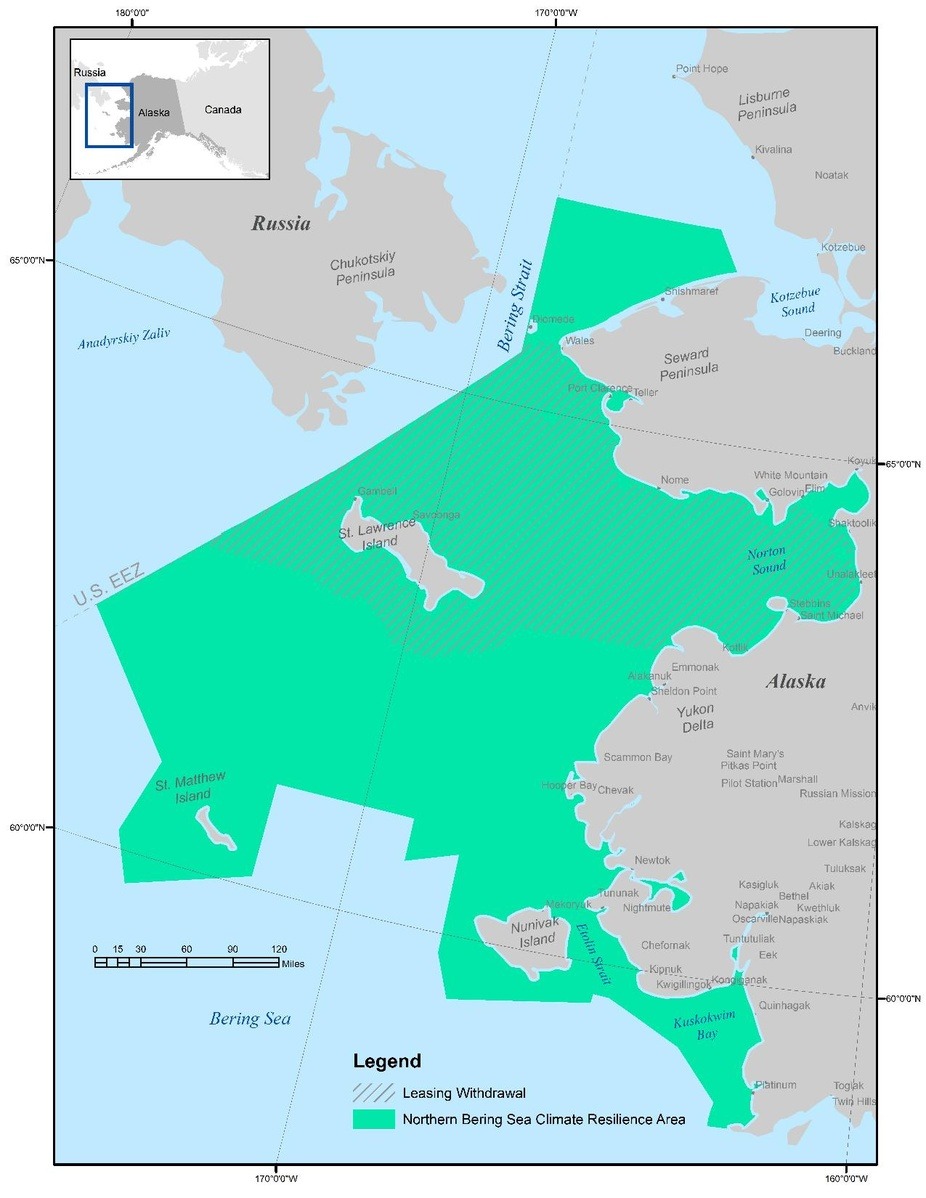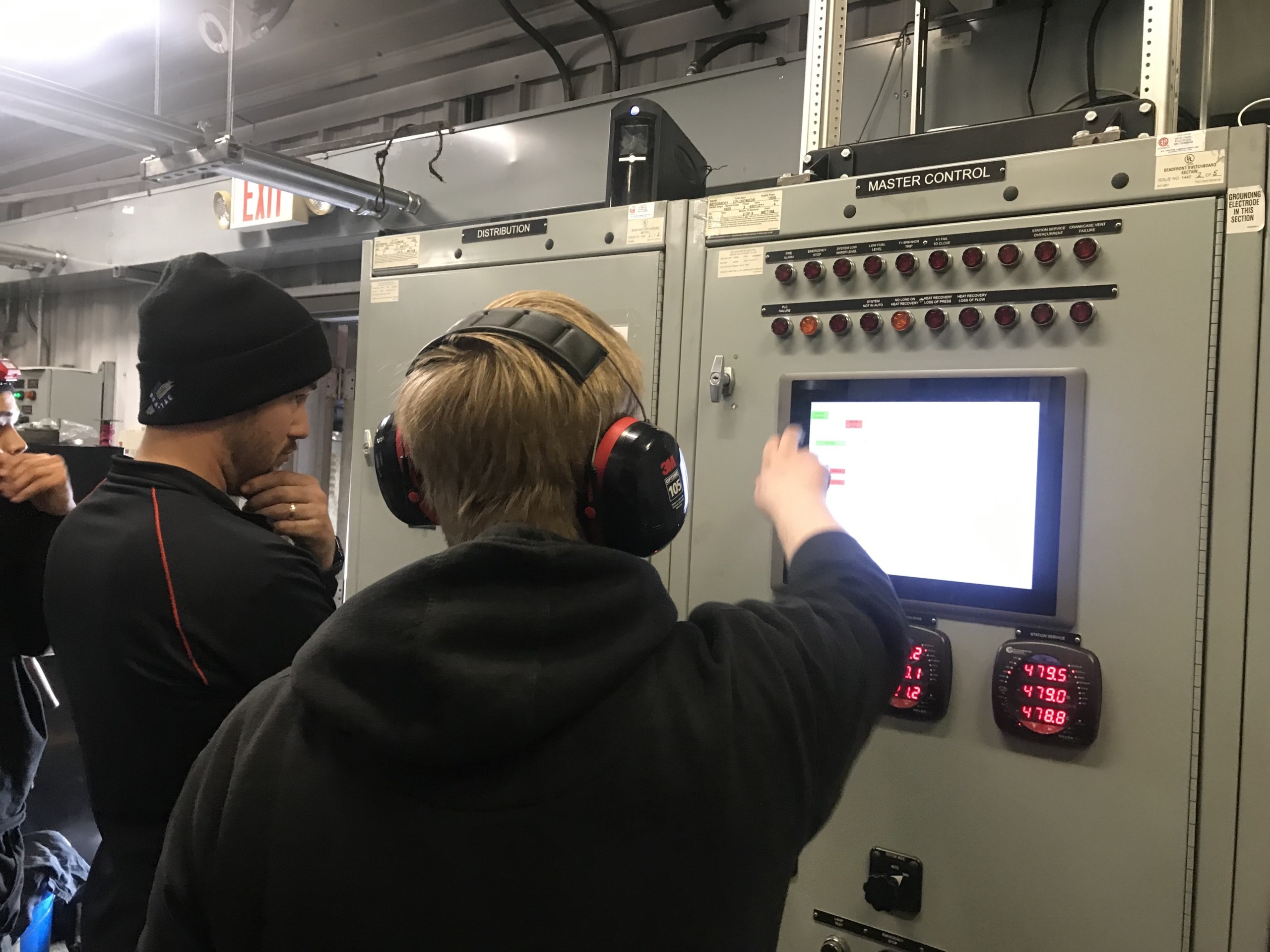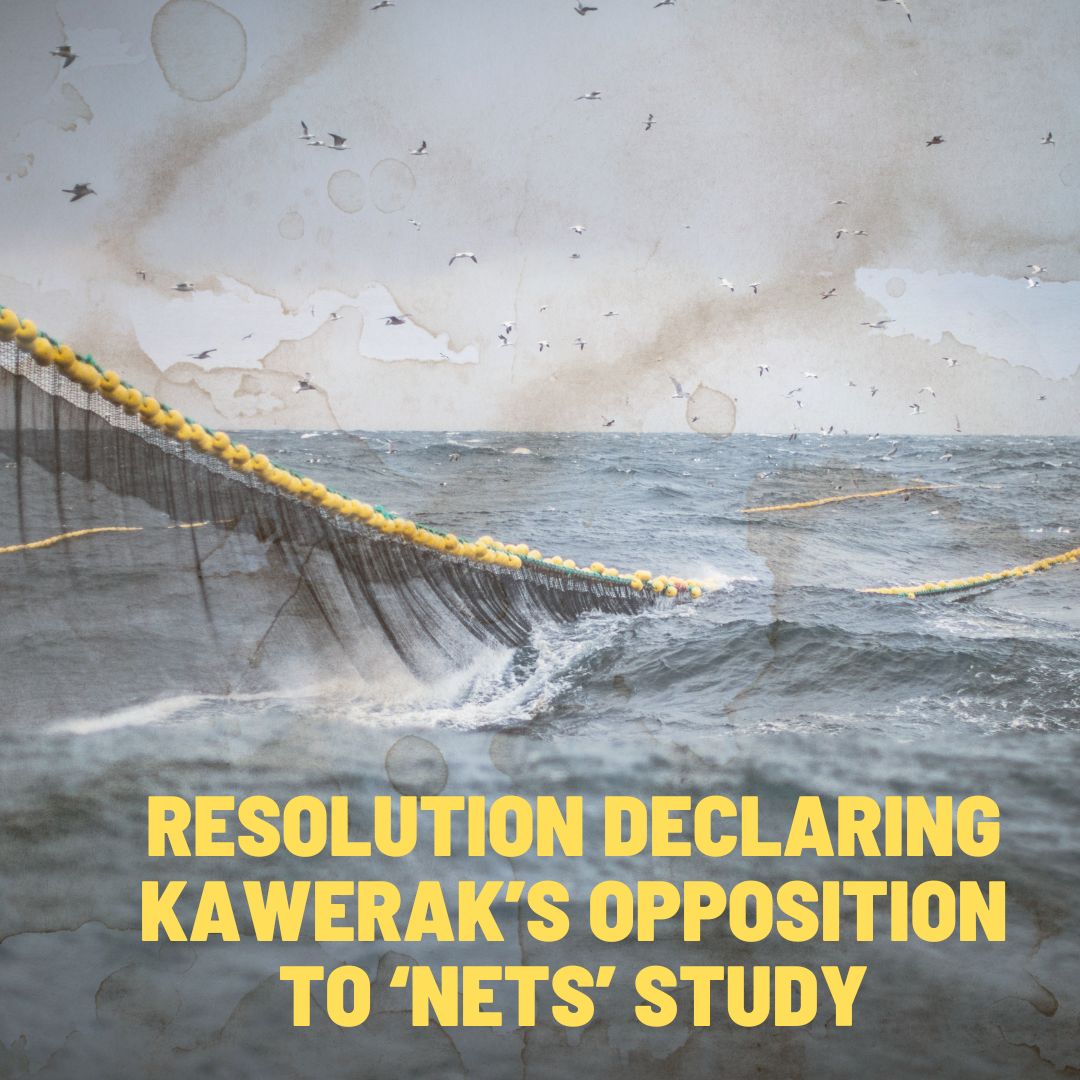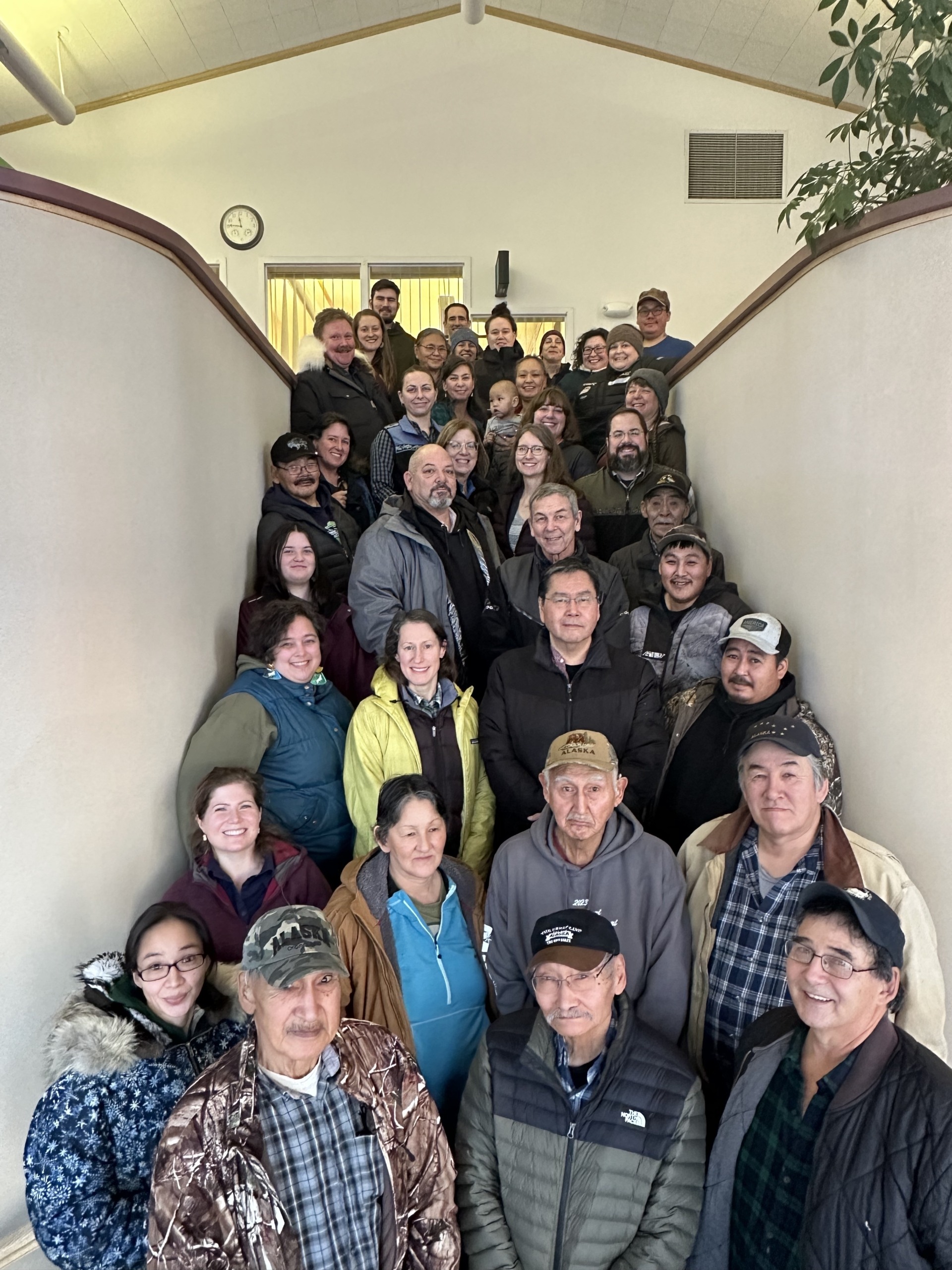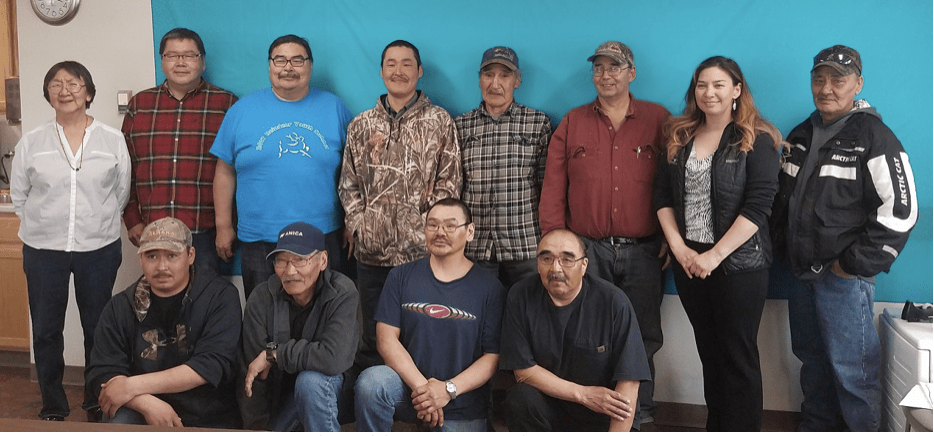Kawerak recently prepared the Northern Bering Sea Climate Resilience Area Summary to give context to the work and importance of the area to our region in Alaska. The full document can be read below or downloaded at Northern Bering Sea Climate Resilience Area Summary
What is the Northern Bering Sea Climate Resilience Area?
At the direct request of the Tribes in the region, President Obama created the Northern Bering Sea Climate Resilience Area through an Executive Order issued in 2016. That Executive Order was revoked by President Trump and then reinstated on the first day of the Biden Administration.
The Northern Bering Sea Climate Resilience Area encompasses 112,300 square miles of ocean area. The indigenous people living here have an innate connection to the lands and waters and have been stewards to this area for millennia. Indigenous Peoples continue to be sustained by the incredibly productive Bering Sea by the countless species of seabirds, marine mammals, fish and other wildlife. The region, home to one of the largest marine mammal migrations on the planet, has been experiencing climate change at a rate three times the rest of the planet. Along with a loss of sea ice, populations of red king crab, ice seals, walrus, and other marine species we depend on have been devastated. These unprecedented environmental changes are coupled with increased vessel traffic, destructive commercial fishing, oil and mining exploration and extraction, marine debris, increased militarization and unusual seabird and marine mammal mortality events.
The Northern Bering Sea Climate Resilience Area designation provides a critical pathway for the more than 70 Tribes in the region to exercise self-determination and provides an opportunity to be equal contributors on policy decisions facing the Northern Bering Sea. The Executive Order requires that traditional knowledge be included in the federal decision-making process. It also prohibits offshore oil and gas drilling and destructive trawling on the ocean floor in the Resilience Area. This is critically important to the Tribes and people of this region.
To implement the Northern Bering Sea Climate Resilience Area, the federal government is required to create a Bering Intergovernmental Tribal Advisory Council comprised of 9 to 11 Tribal members from the Northern Bering Sea and a Federal Agency Task Force, comprised of representatives of federal agencies, that is responsible for coordinating Federal activities with the Tribal Advisory Council. The Tribal Advisory Council is specifically charged with “providing input and recommendations on activities, regulations, guidance, or policy that may affect actions or conditions in the Northern Bering Sea Climate Resilience Area, with attention given to climate resilience; the rights, needs, and knowledge of Alaska Native tribes; the delicate and unique ecosystem; and the protection of marine mammals and other wildlife.”
How Did the Climate Resilience Area Come About?
The Climate Resilience Area was the result of a direct request made by more than 70 Tribes in the Northern Bering Sea region. The effort was led by Kawerak Inc., AVCP, and the Bering Sea Elders Group. Kawerak Inc., is a non-profit tribal consortium representing 20 tribes formed in 1970 to provide a wide range of services to residents of the Bering Strait Region. Kawerak has conducted decades of social and fisheries science since the 1970’s. They have worked for decades to achieve better protection of the Northern Bering Sea, leading to the partnerships that achieved the NBSCRA. Association of Village Council Presidents (AVCP), a non-profit tribal consortium, created in 1964, representing 56 member tribes of the Yukon Kuskokwim Delta created to promote self-determination and protection and enhancement of cultural and traditional values, similarly, has had strong interests in protecting the Northern Bering Sea region. The Bering Sea Elders Group (BSEG) was founded in 2007 to address concerns related to large scale destructive fishing in the Bering Strait and Yukon-Kuskokwim coastal regions―specifically the impact of trawling on the bottom has on subsistence and its irreplaceable ecosystems. BSEG is made up of elders from both the AVCP and Kawerak regions.
In 2008, BSEG, Kawerak, and AVCP entered into Memorandum of Understandings (MOUs) to collaborate on the goal of preventing trawling on the ocean bottom in the Northern Bering Sea. These MOUs were the beginning of what continues to be, a long and productive relationship. Between 2008 and 2016, BSEG, AVCP, and Kawerak each passed resolutions calling for the long-term permanent protection for the Northern Bering Sea Research Area; urging the federal government to undertake a rigorous tribal consultation process and ensure Tribal Self-Determination for decisions affecting the Northern Bering Sea; and affirming the commitment to protect traditional ways of life and the future of the region. The three organizations passed similar resolutions. This led to President Obama creating the Northern Bering Sea Climate Resilience Area.
In the years following President Trump’s revocation of the Northern Bering Sea Climate Resilience Area, the three organizations, joined by the Aleut Community of St. Paul Island Tribal Government, worked together toward the eventual reinstatement and to address individual issues, such as offshore oil and gas drilling, voting seats for Alaska Native Tribal representatives on the North Pacific Fishery Management Council, and the establishment of a permanent bottom trawling boundary to protect the ecosystem of and subsistence resources in the Northern Bering Sea.
What’s Next?
It is an historic time for Tribes and their government-to-government relationship with the Federal government. Deb Haaland is the first Indigenous Secretary of the Department of the Interior, and she has committed to “honoring our nation-to-nation relationship with Tribes.” Implementation of the Northern Bering Sea Climate Resilience Area is an important part of fulfilling that commitment and ensuring that Bering Sea Tribes have increased control over actions that may harm or benefit the communities in the region and their cultures, languages, traditional practices, and food security.

